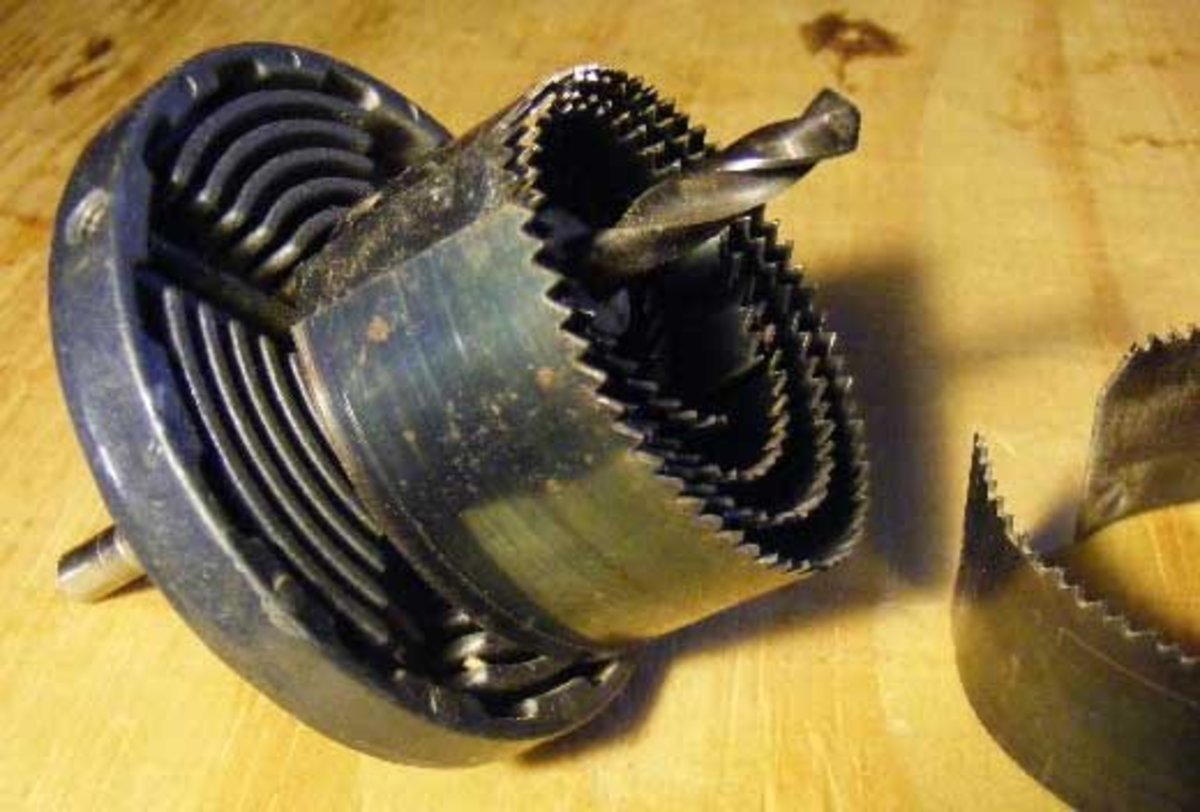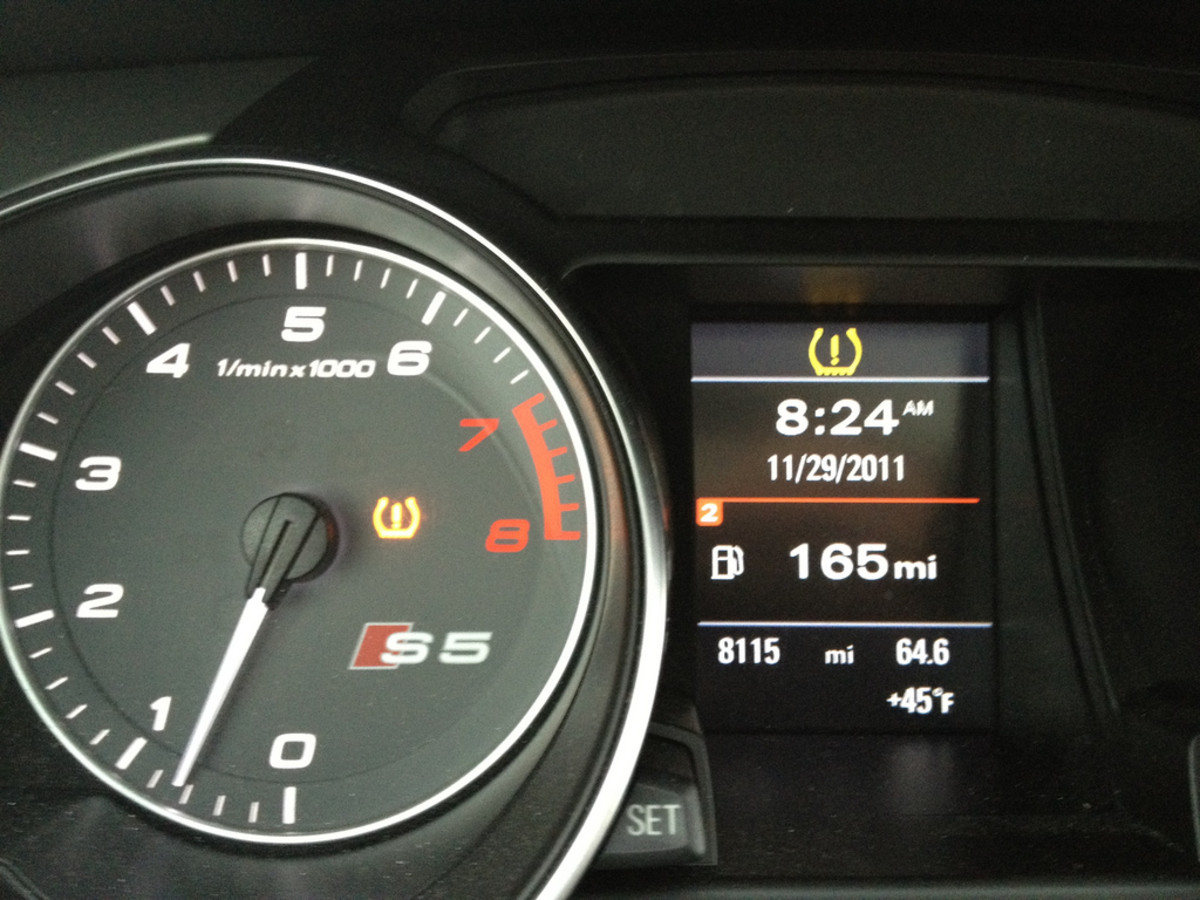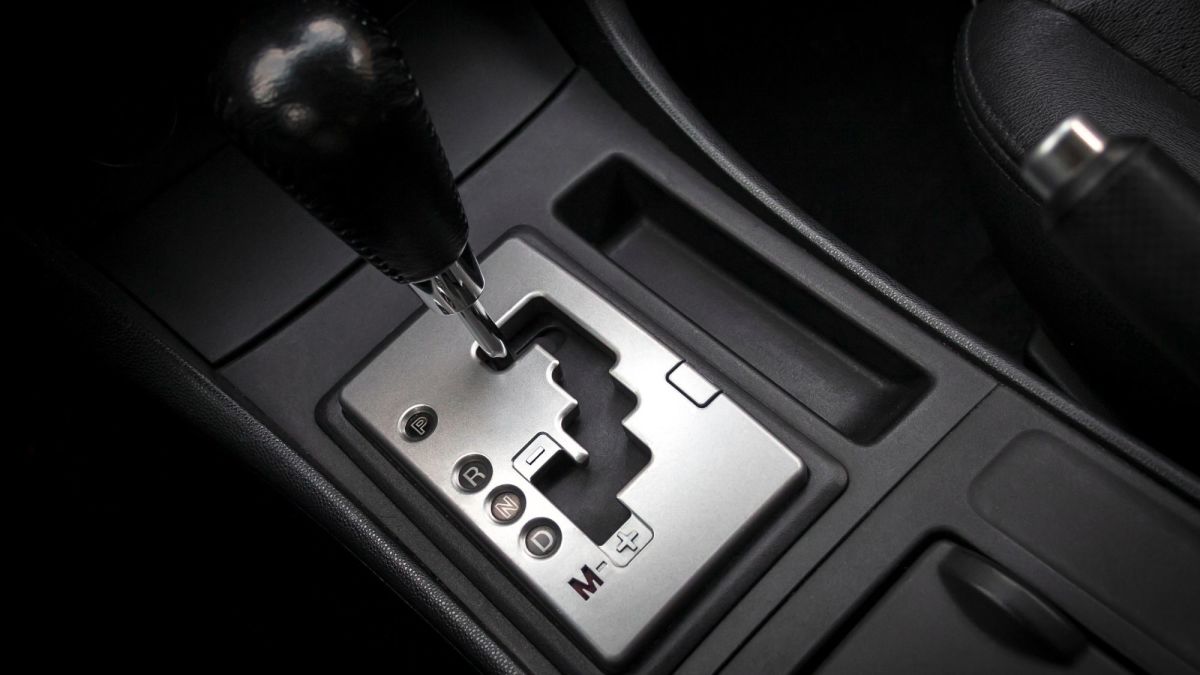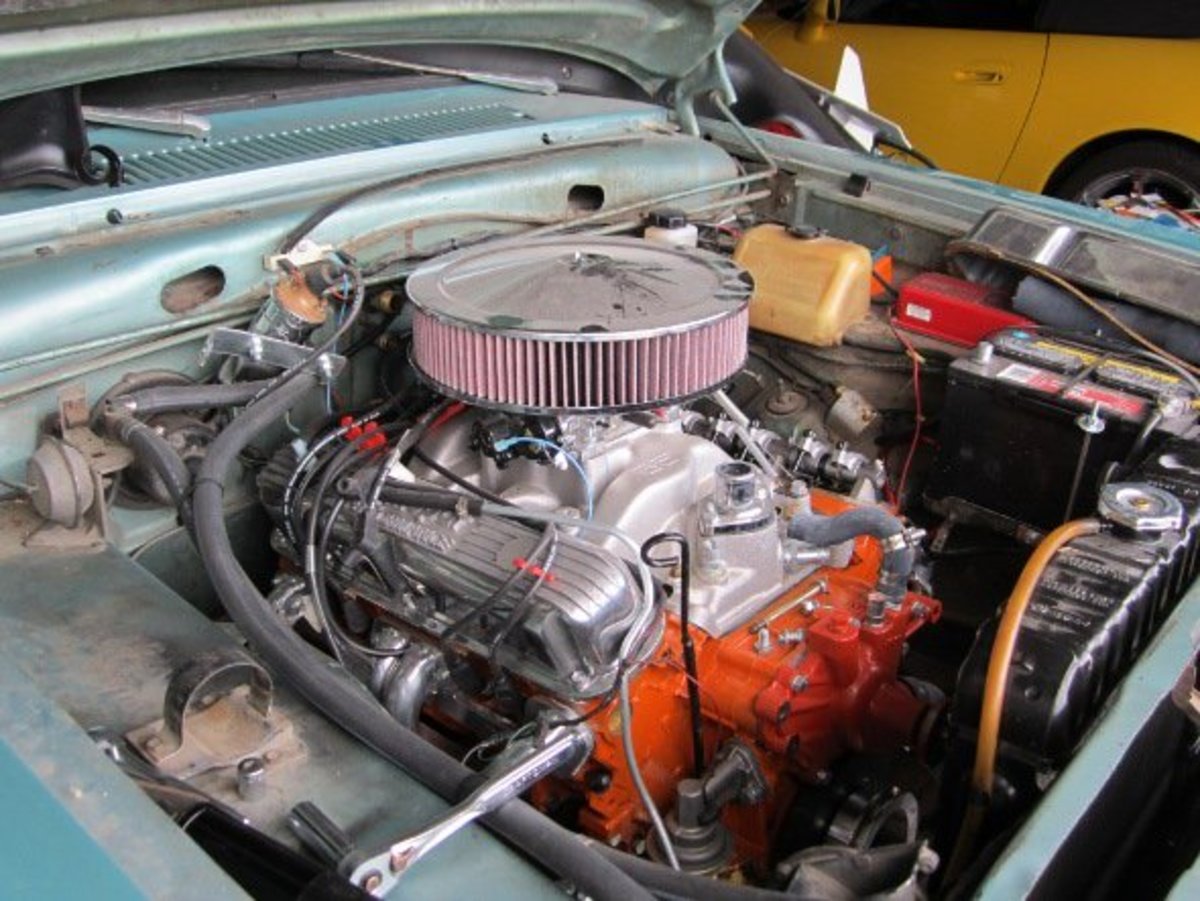VW Bus Noise Reduction
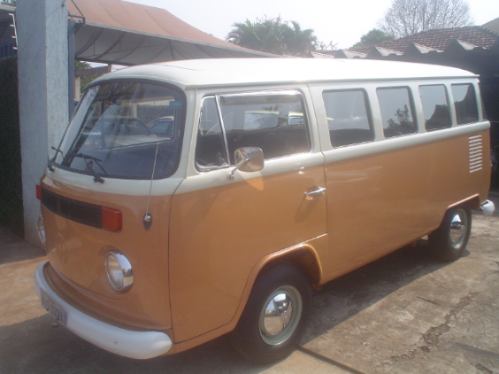
How to reduce the noise in a VW van
Here in Brazil, we drive a VW Kombi. Ours is an older model, but for us, it was perfect for what we needed. The one we bought had been used as a minibus to take passengers back and forth to shopping areas.
Although the van had seats in it when it was being used as a mini-bus, we have removed these. We also removed the LPG tank which was the equivalent weight of a couple of passengers. Now we just have seats in the front and a long cavernous void. When we are carrying a load, the van is quiet. It is only when we have an empty hollow that it sounds like we are riding inside a tin can. The noise was beginning to drive my husband crazy! Every time he would drive it, he would complain about the rattles and squeaks.
My husband knew he wanted a low cost method to silence the noise but didn't want to add too much weight to the van which would reduce our gas mileage.
Finally the idea came to us.
Below, I will show you how we solved our problem very cheaply, with just a few tools and a bit of ingenuity.
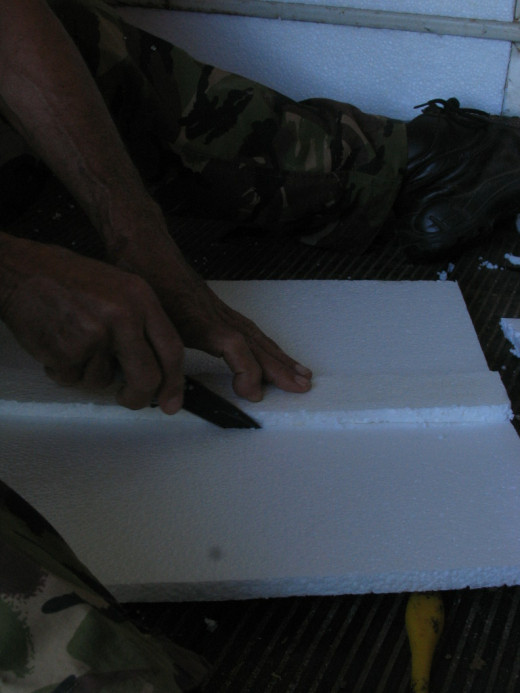
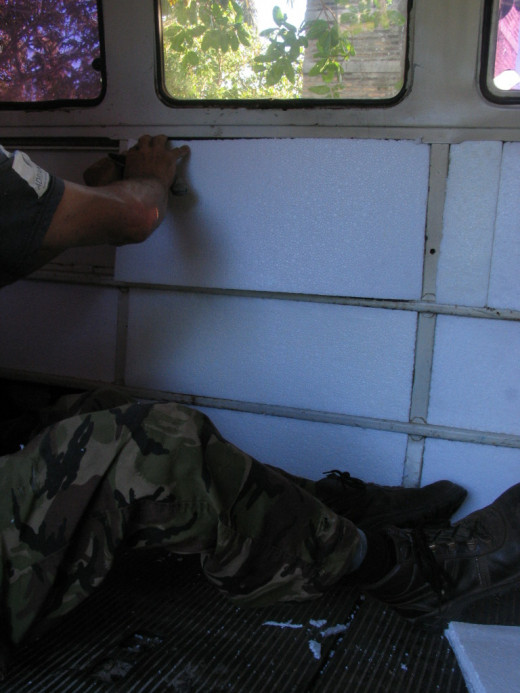
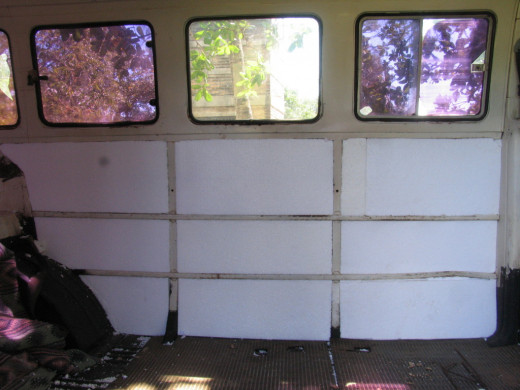
Polystyrene sheets
In one of our local shops, I saw some polystyrene sheets. Here people use them to write notices on and for other various projects. I thought this would be ideal. There were varying thicknesses of it and it was necessary to measure the depth of the recesses in the van to determine which would be best suited to our needs.
These were very inexpensive and lightweight. They were perfect for the job.
Measuring sheets
My husband first measured the size he needed and then cut the polystyrene with a sharp knife. A retractable knife utility knife would be ideal for this. He cut the polystyrene sheet to the exact size and used glue just as an addition. It pays to take your time with the cutting to achieve a fit as snug as possible.
He carried on doing this one panel at a time, cutting and inserting.
Even this made a vast improvement to the noise reduction inside the van. However, we knew this was not finished. Because we use this as a workhorse, it was necessary to protect the sheets from damage.
Buying plywood
Once the polystyrene was in place we then knew we needed something to cover it. We found some sheets of plywood at a local furniture maker.
We thought all of our Christmases had come at once because it was the first time in three years we have seen plywood. This plan was actually coming together! We purchased two sheets to line the van.
Using a wood saw and his Black and Decker Work Mate®, my husband cut the plywood. Now I am no expert , but I think for this job a jigsaw would have worked well but we don't have one. So a wood saw it was.

Using a pop rivet gun
The next thing was to attach this to the inside of the Kombi. For this my husband used a pop rivet gun to attach it to the pillars. This held the plywood in place and protected the polystyrene behind it.
This could of course be painted but as of yet we haven't done this.
Why buy a van?
The reason we bought a van was to carry our fish food. We are tilapia farmers and as such need to carry sacks of fish pellets. I often will have a load of 400 kilos, which doesn't sound like a lot but there isn't power steering which means turning at a slow speed can be a bit of a problem at times.
Although we use it to carry fish feed, this is only part of what it has carried. It has also been used to haul building rubble, logs, and even animals such as goats. Just about anything that needs moving from one place to another has been shoved inside this van.
Do you do work on your VW Kombi or Bus
- Buying a classic VW Beetle
If you are thinking of buying a classic VW Beetle, you need to know a few things beforehand. Discover why the best bargain to be had is from someone who doesn't know he wants to sell.

